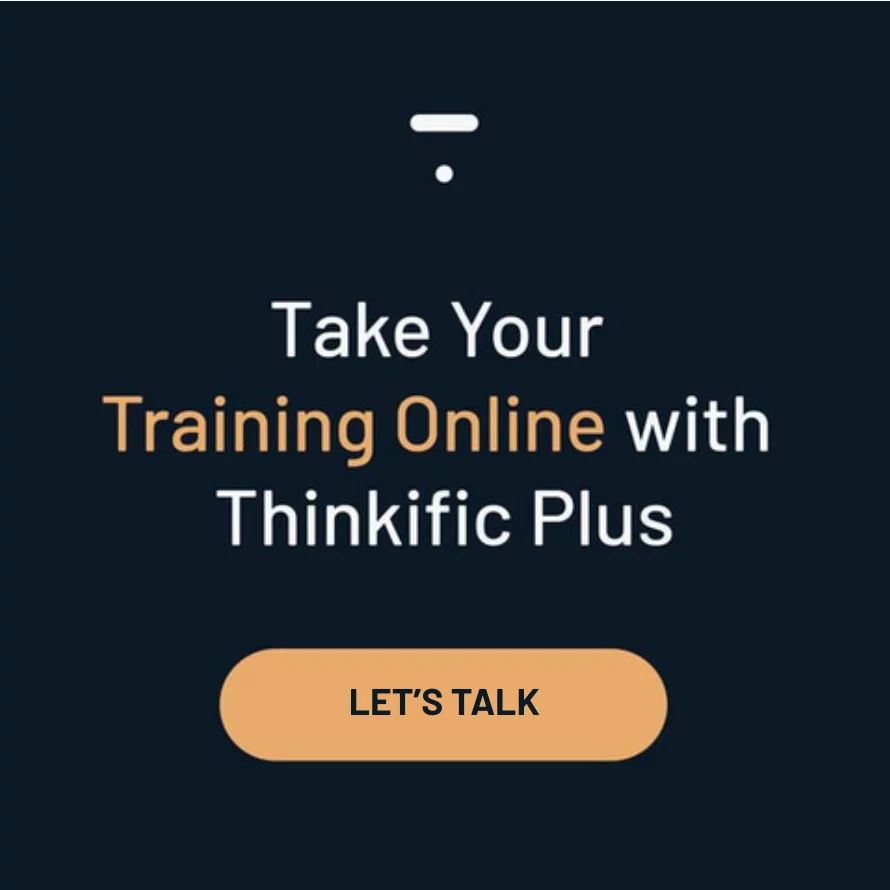Initiating a new employee’s journey within your company can be compared to laying the first brick in the construction of a building. A well-structured and thoughtfully designed orientation program acts as the foundation, significantly influencing the new hire’s growth, satisfaction, and productivity.
Your employee orientation program has the power to influence your organization in big ways. It’s essential to equip your new team members with everything they need to thrive – but what does ‘everything’ entail? Let’s take a look.
One of the fundamental aspects of any new employee orientation program is to immerse newcomers in the company’s culture and values. This immersion lays down a pathway that guides their behavior and decision-making processes, aligning them seamlessly with what the company stands for.
Orientation isn’t merely about rules and responsibilities; it’s also about forging bonds. As such, introductions to colleagues and management are essential elements in this process. They help build rapport, foster an understanding of team dynamics, and establish a sense of belonging within the organization.
A well-structured orientation program should equip newcomers with clear knowledge of workplace policies and procedures. In doing so, potential misunderstandings can be avoided while setting standards for conduct and operations within the corporate environment.
Job-specific training plays a pivotal role in ensuring that every new hire is prepared to perform their duties effectively. In addition to training, setting lucid expectations aids employees in comprehending their responsibilities while keeping sight of how they contribute towards achieving overarching organizational goals.
A clear discussion of benefits and compensation is an important part of orientation. Transparency at this point not only helps new hires understand what they stand to gain but also underscores their value within the larger organization framework.
Creating a New Employee Orientation ChecklistDeveloping a robust new employee orientation can often feel like navigating a labyrinth. By constructing a detailed checklist, however, every crucial element is given the due attention it deserves; it paves the way for an efficient onboarding journey.
The first step towards creating a successful orientation program involves drafting a complete list of all necessary tasks and activities. Consider this your blueprint; it guarantees that no vital steps are missed in the process, contributing to an all-encompassing initiation experience.
Arranging tasks and activities in an intuitive order significantly enhances information flow. A logically sequenced checklist not only simplifies the understanding but also aids in better retention of information.
Balancing time and resources for each task is key to maintaining focus throughout the orientation process. Effective resource allocation lets you cover important aspects thoroughly without rushing or skipping any significant details.
To make things easier, we offer a ready-to-download new employee orientation checklist PDF. Refer to this as your one-stop solution for setting up a successful initiation program.
Designing a New Hire Orientation TemplateBuilding an effective orientation plan for new hires is more than just a necessity; it’s an art. It promotes consistency in onboarding while ensuring each fresh face gets a comprehensive introduction to your company’s world.
Crafting this template is like tailoring a suit – it needs to fit perfectly with your organization’s unique needs and culture, enhancing not only the employee’s first impression but also their initial engagement.
These elements work together like gears in a clock – they ensure everything runs smoothly without missing any crucial areas.
To avoid making constant changes down the track, customize your organization’s template now. You can add sections about your company’s rich history and core values or mention specific operational procedures exclusive to your firm, which will make the induction experience feel less generic and more personalized.
Perhaps you need different onboarding materials depending on the role, in which case you could create a slightly different template for each role.
![]()
At Thinkific, we believe learning from others’ successes is hugely beneficial when striving for your own. Make use of our example templates as inspiration for designing your unique orientation kit.
The key to successful orientation lies in striking the perfect balance of engaging and informative. Add some visual aids or interactive exercises alongside concise language for better understanding. Break down complex concepts into digestible pieces – and most importantly, encourage queries. Everyone benefits from sharing knowledge.
Real-life Examples of Successful Employee Orientation ProgramsPeering into successful employee orientation programs from leading companies provides valuable insights and inspiration for your own onboarding journey. These real-world examples underline the diverse strategies businesses implement to seamlessly assimilate new recruits, cultivate an encouraging work environment, and guarantee job-related proficiency.
Within this secure space, fresh hires are encouraged to express their opinions and queries without inhibitions. Google’s dedication to diversity training right from day one ensures that new employees feel instantly appreciated and cherished.
The online apparel giant Zappos takes an interactive approach to welcoming its new additions. Their unique four-week program combines conventional job training with hands-on experiences like answering customer calls or participating in company-wide scavenger hunts.
Such an immersive experience allows newcomers not only to learn about their roles but also to get an authentic taste of the company culture.
New entrants receive detailed briefings on Salesforce’s offerings, sales techniques, and tools, ensuring they are equipped with all essential know-how needed for optimal performance right off the bat.
Evaluating and Improving Your New Employee OrientationKeeping your new employee orientation program relevant and effective is a bit like maintaining a garden – it requires constant care, evaluation, and improvements.
Welcome feedback with open arms and keep an eye on the ripple effects of your program; that way, you can tweak elements as needed. This not only enriches the onboarding experience but also plants the seeds for your new hires’ future success.
The best way to gauge if your orientation program hits home is by turning to those who’ve recently navigated it – your new hires. Their fresh insights can shed light on what resonated well with them or pinpoint areas that could do with some polishing.
Once you have their feedback in hand, put on your detective hat. Analyze responses to identify patterns or common threads pointing towards potential enhancements, be it fine-tuning the information flow, updating content relevance, or ramping up engagement levels within the program.
After zeroing in on these improvement zones, gear up for action. Implement changes where necessary, then sit back and watch how they impact new hire performance and satisfaction over time.
Remember that this isn’t a one-and-done deal; keep adjusting based on your results. Like a fine wine, this will ensure your orientation plan only gets better with time.
ConclusionA well-structured new employee orientation program underpins the success and productivity of new hires within your organization.
By taking a thoughtful, comprehensive approach, you can set your new hires – and your organization – up for success.
Download now for free and create a seamless onboarding experience that nurtures talent and fosters engagement.
Frequently Asked QuestionsThe purpose is to integrate new hires into the company’s culture, equip them with the necessary knowledge and tools, and foster a sense of belonging and purpose.
Key components include an overview of the company culture and values, introductions to the team and management, clarification of workplace policies and procedures, job-specific training, and discussion of benefits and compensation.
Start by listing all essential orientation tasks and activities. Organize these tasks in a logical order, and allocate appropriate time and resources for each. You can use our downloadable checklist as a guide.
A new hire orientation template should include a company overview, roles and responsibilities, team and management introductions, company policies, job-specific training, and benefits information. It should also be customizable to fit your organization’s specific needs.
Collect feedback from new hires, identify areas for improvement, implement changes, and measure their impact. This continuous cycle of feedback and improvement will help to refine your orientation process over time.
Daniela Ochoa is the go-to Content Marketing Specialist at Thinkific Plus. With years of experience in marketing and communications, she is passionate about helping businesses grow through strategic customer education, content marketing, and online learning at scale.

Most Popular

Discover the secrets to successful customer retention with our comprehensive guide, featuring strategies, best practices, and industry insights to keep your clients coming back.

Explore the concept of Compliance Training ROI (Return on Investment). Understand the hidden benefits and cost savings.

Dive into the importance of Quartlerly Business Reviews for Customer Success and access a Quarterly Business Review (QBR) Template.

Most Popular